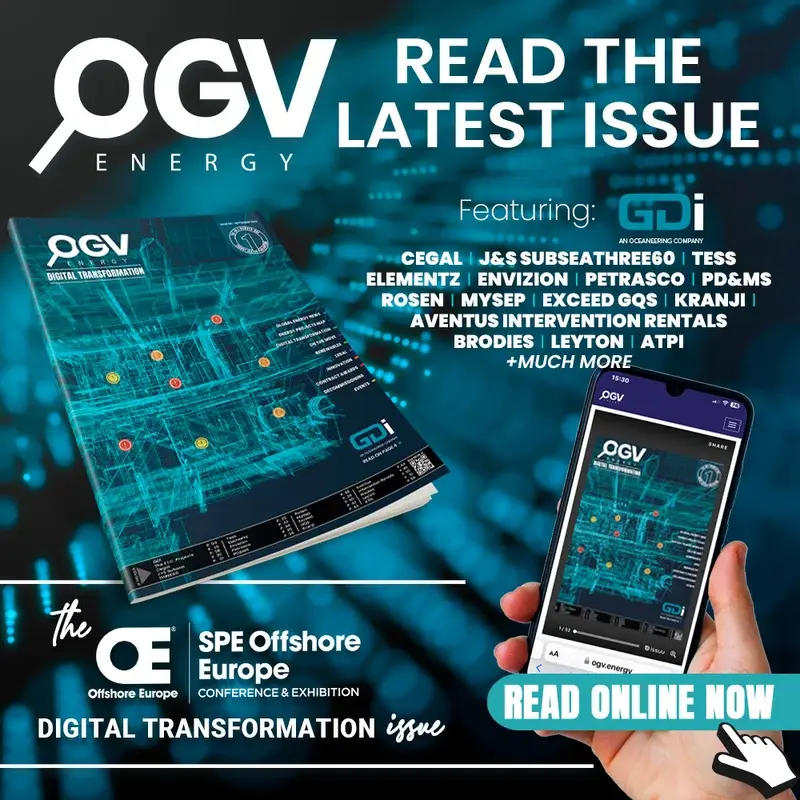Additive Metal Manufacturing Used to Develop Advanced Oilfield Technology
By Derrick Docherty, Senior Design Engineer at Pragma
Pragma Well Technology in Aberdeen is employing 3D metal printing to support the design and manufacture of their advanced production technology components for the oilfield.
Established this year, Pragma has invested in a team of in-house technology experts and quickly developed its product offering, which focuses on cost-effective, innovative solutions designed to enhance oil and gas production. Pragma is one of the first companies to utilise this manufacturing process for the oilfield and it lies at the heart of many of their product designs, enabling solutions that were not even possible ten years ago.
One example is Pragma’s M-Bubble downhole expansion range. Based on a novel inflatable metal element, the M-Bubble technology allows products to be deployed downhole as compact devices, travelling through narrow tubing, valves and other restrictions, to be precisely located in the well before they are activated and expand to set their position.
These products will deliver industry-leading expansion ratios which are unachievable using traditional manufacturing methods. In fact, product testing has been able to demonstrate more than 300% expansion. This capability will revolutionise conventional downhole expansion applications and will be able to address increasingly demanding production challenges.
The industry has been seeking stronger products, with higher expansion ratios, that are more able to operate at higher pressure, for some time.
Senior Design Engineer at Pragma, Derrick Doherty, plays a lead role in product design and technology R&D and goes on to explain: “Metal printing is an additive manufacturing (AM) technology that builds high-quality complex metal parts from 3D CAD data. The process consists of a high precision laser being directed onto metal powder particles which are housed in a powder bed held under vacuum conditions to selectively build up thin horizontal metal layers one after the other.
“This process provides a means by which to produce designs that would not be possible using traditional ‘subtractive’ or casting technologies and has the capacity to turn sub-assemblies into single parts, producing a significant reduction in cost, manufacturing time, seal requirement and overall assembly time.”
The process of additive manufacturing employs an efficient use of materials to make savings on costs, adding material only where it is required and removing the need for redundant material found on many parts.
Derrick says: “AM is now the fastest growing metal forming technology and is used widely in the aerospace industry where precision and reliability is paramount. Other industries to employ AM include the automotive and medical sectors.”
Published: 22-12-2018














